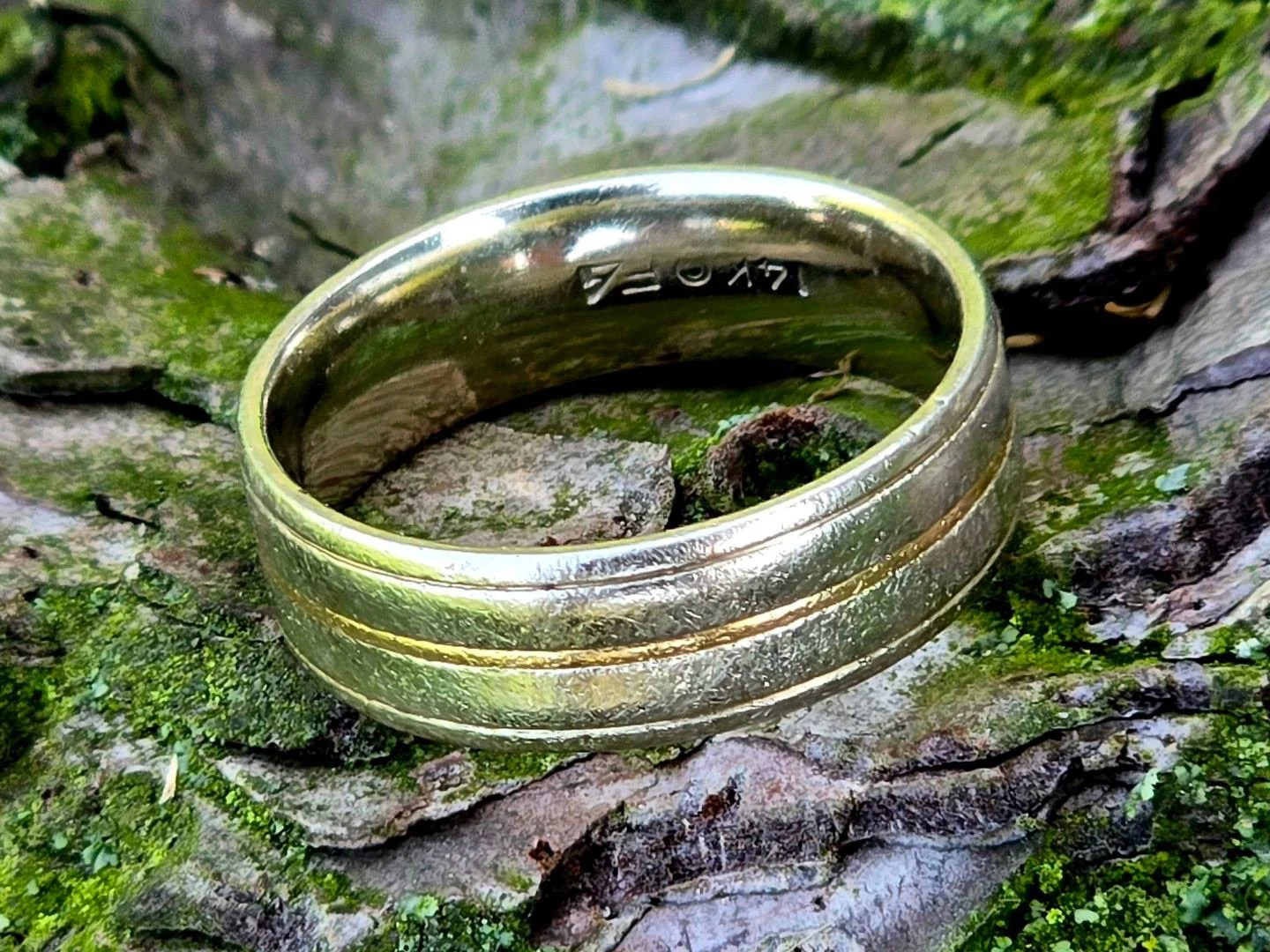Frankenstein Confronts the Darkness In Us All By Historian & Author Mary Mallory
One of the greatest Halloween stories ever told, Mary Shelley’s 1818 tale Frankenstein still enthralls audiences to this day. Considered the first science fiction novel by many, it spawned a genre of horror plays, books, and movies and remains prescient in its tale of a scientist mortified with the resultant horror of what he has created after forming a new creature from the body parts of the dead.
Growing out of a contest with Lord Byron and her future husband Percy B. Shelley over who could create the best horror story, Shelley began writing her tale at the age of 18, inspired to write the novel after conceiving of a scientist horrified with the evilness of his invention. She was influenced by the growing popularity of the occult and hearing of Frankenstein Castle, where an alchemist engaged in macabre experiments 200 years before. The novel was first published anonymously in London January 1, 1818 when Shelley was 20.
The book employed the sub-title “The Modern Prometheus,” referring to the Greek Titan who created humans in the image of the Gods and later suffered for it. In the novel, Victor Frankenstein himself suffers acutely after overestimating his talents and bringing life to a creature who later destroys those closest to him. Motion pictures instead focus on the creature who feels unloved and out of place, wanting to be accepted and fit in but instead is shunned, the ultimate outsider. Both end up despairing over their purpose and future and what they should do.
Movies have often turned to the story for its phantasmogorical and otherworldly look at life and death, with more than 50 films of all genres produced. J. Searle Dawley directed the first version of the story for Thomas Edison’s Studio in 1910. Starring actor Charles Ogle as the monster and Augustus Phillips as the Doctor, the one-reel Frankenstein compares the two men as monsters for their evil actions and thoughts, with the doctor overcoming his horror and the monster running away.
Director James Whale’s 1931 Universal film starring Boris Karloff ranks as the best film version of the emotional story. Karloff’s sympathetic and touching performance of the monster added humanity to the character, drawing audience love and indentification with the hurting and searching creature. The actor would later star in several sequels of the timeless tale, including the sequel The Bride of Frankenstein in 1935.
Image Courtesy of USA Today
Mel Brooks’ comedic 1974 Young Frankenstein featured Peter Boyle as the singing and dancing monster who gains erudition after an intellgence transferance with his creator, Gene Wilder’s Dr. Frederick Frankenstein, goes horribly wrong. Played for laughs, the movie satirizes the original film, turning horror into over the top farce.
Image Courtesy of wallpaperflare.com
In 1984, young film student Tim Burton released Frankenweenie, a comic though touching 30 minute short about young boy Victor who loses his pet dog Sparky in an accident and decides to magically bring him back to life, hilarious and moving at the same time. Burton adapted the work into a black and white stop motion animation film, which was distributed by Disney Studios in 2004, a loving homage to his earlier production.
Kenneth Branagh both directed and starred in the 1994 Mary Shelley’s Frankenstein, with Robert DeNiro taking the part of the Creature. More bloody and violent than earlier films as well as more portentous, the movie portrayed the rejected monster attempting to kill everyone that Dr. Victor Frankenstin loves after his creator abandons him.
Earlier this year, Greece filmmakers released an adaptation of the work, with a female reporter investigating the legend while confronting a theatre troupe performing the story. Legend and reality morph, leading her to confront the darkness hidden within.
Mostly revived during the Halloween season and focusing on the sadness and abandonment of the new creature, Frankenstein actually confronts the idea of how pride and ego lead to disastrous consequences when failing to confront the dark reality of creation.
Mary Mallory is a historian, archivist, and writer specializing in Los Angeles and Hollywood history. She serves as Secretary for Hollywood Heritage's Board of Directors and gives presentations to a variety of organizations and museums. Mary has written four books, including Hollywoodland, and blogs for the LA Daily Mirror.
https://www.hollywoodheritage.org/online-store/Images-of-America-Hollywoodland-p133327975
Related Articles












